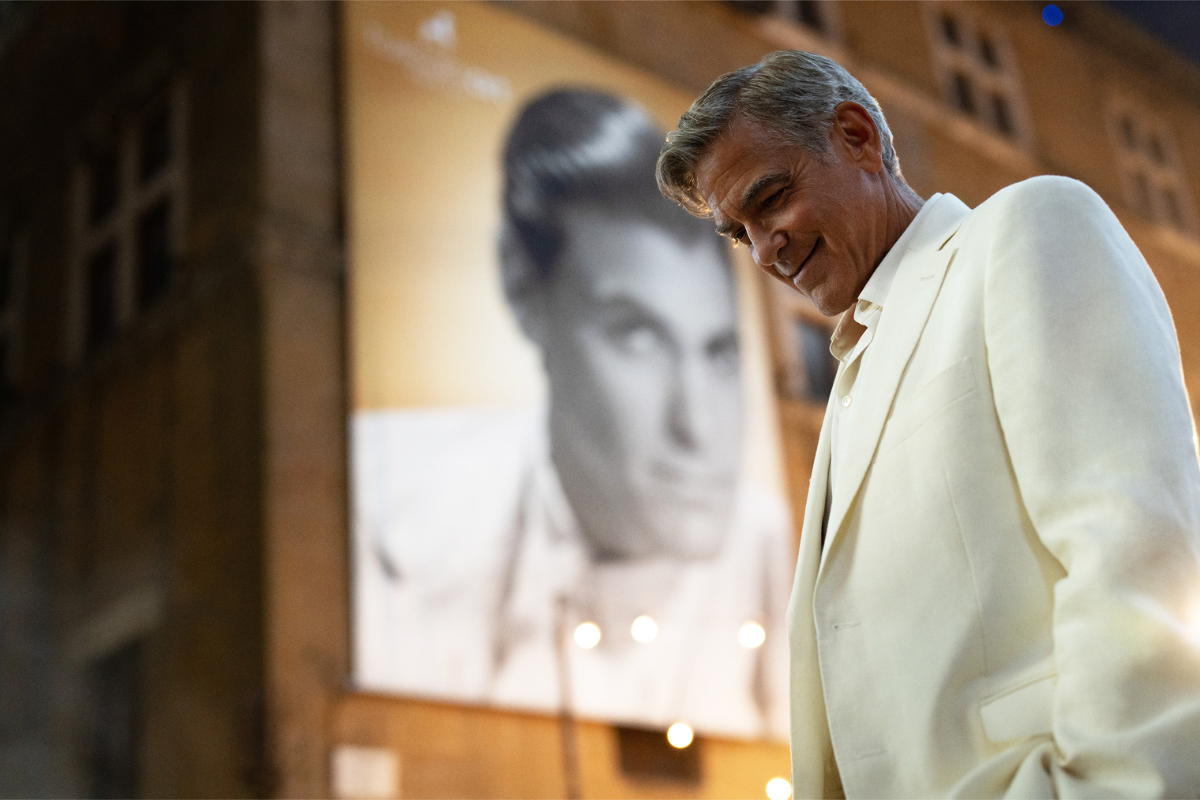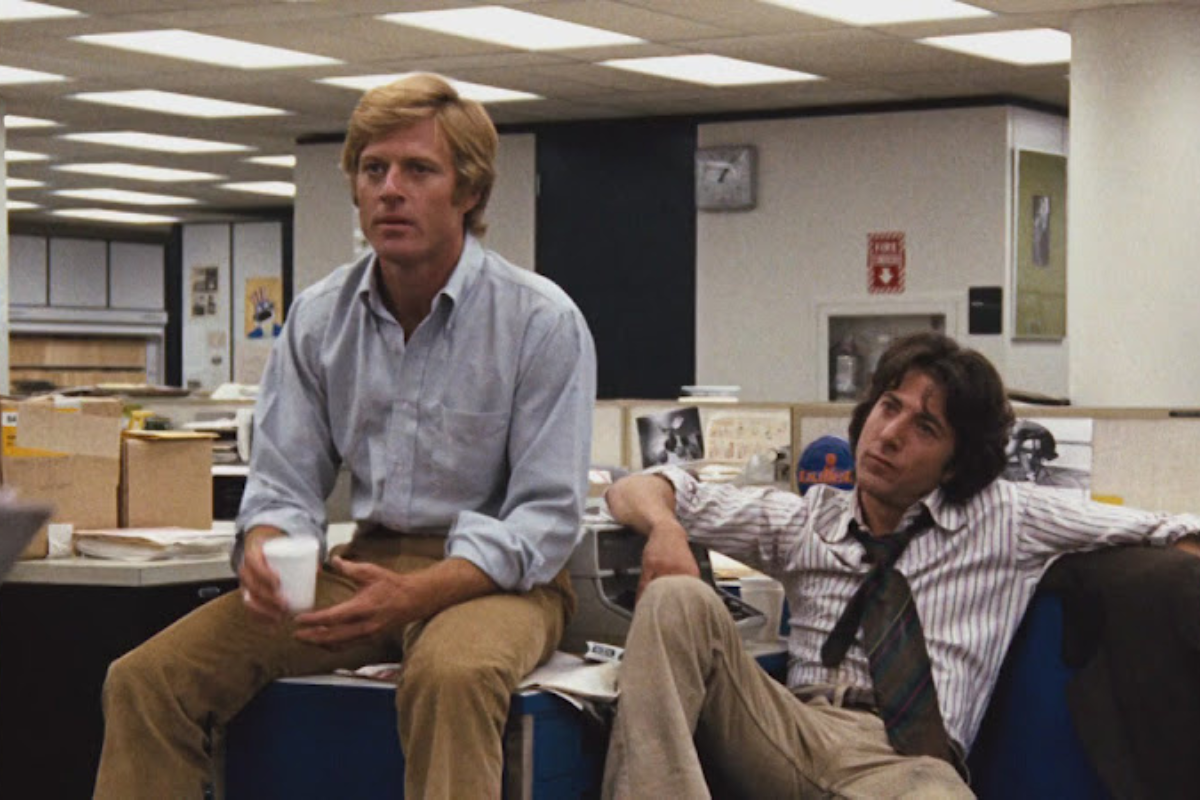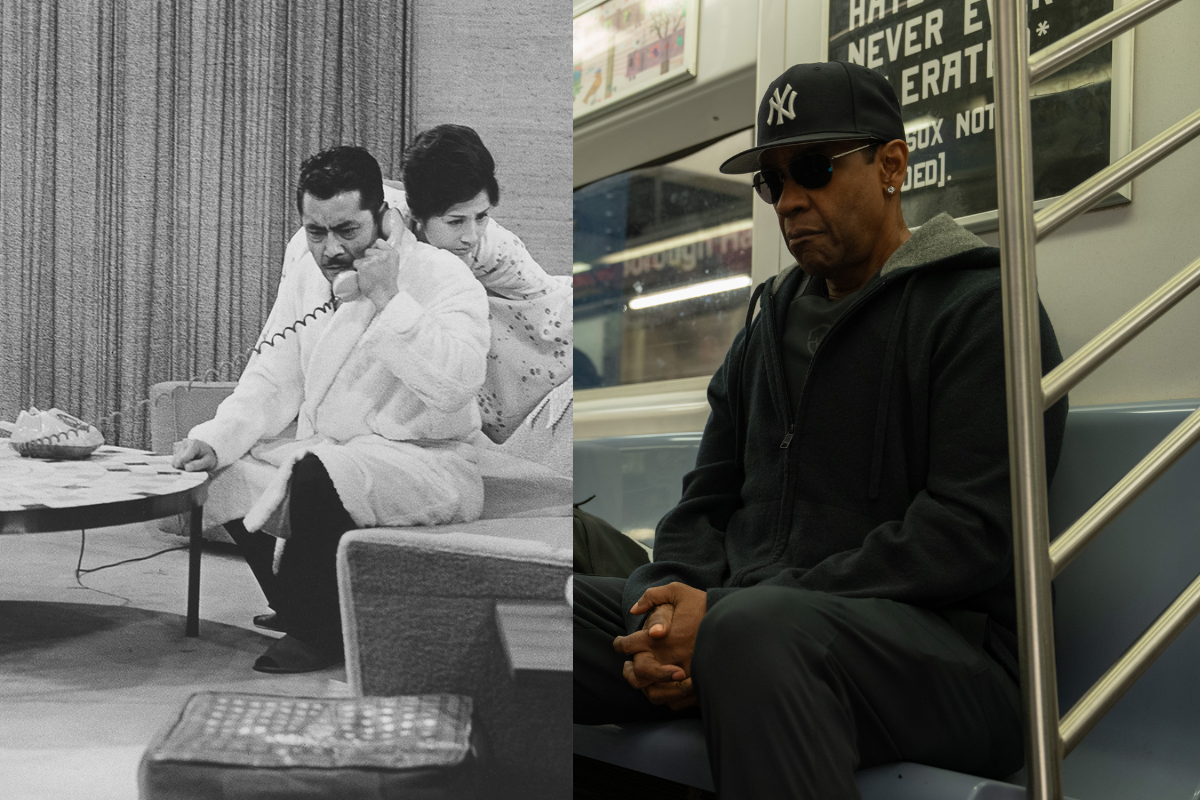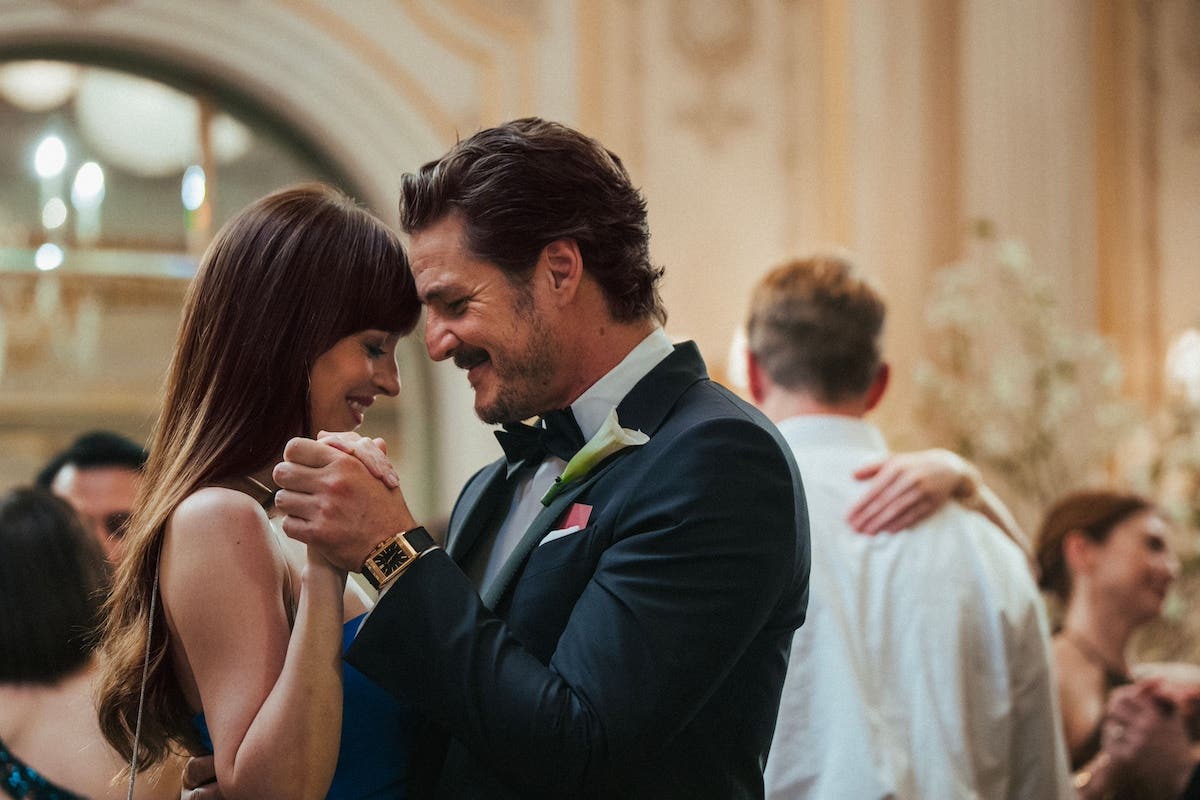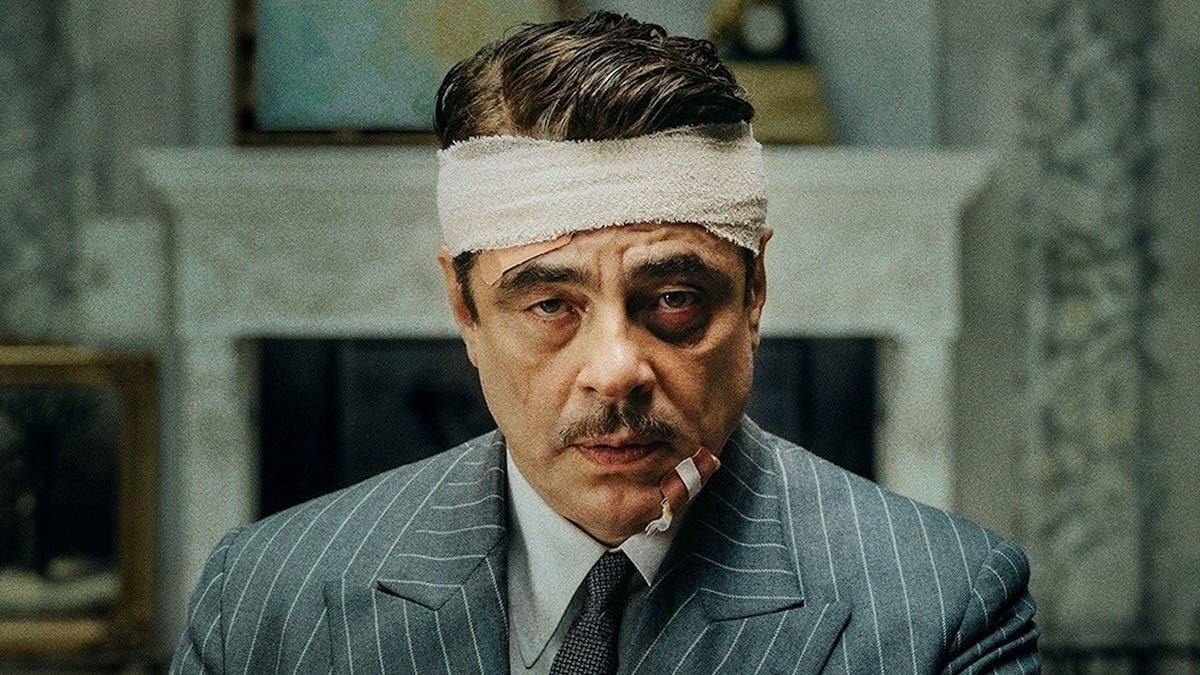UNDERSTANDING SCREENWRITING: Welcome Grovellers.
Here are three possible nominees: ‘One Battle After Another,’ ‘A House of Dynamite,’ and ‘Blue Moon.’
3,2,1, Bang, We Are Off and Running in this Year’s Awards Season.
One Battle After Another (2025. Written by Paul Thomas Anderson, inspired by the novel Vineland by Thomas Pynchon. 161 minutes)
One of the problems I have had with a lot of Paul Thomas Anderson’s scripts is that the scenes can be rather shapeless. The action and the dialogue are not very focused. I suspect part of this comes from the scale he is working on, covering a lot of different storylines and characters. You need to focus if you are working on that level.
Another reason is that Anderson writes scripts that are overlong and then cuts them down before shooting, which can lead to leaving a lot of loose ends. In Boogie Nights (1997), there are some scenes about Amber Waves’s legal problems that suggest that they were more developed in other scenes that got dropped, either in script development or in editing the film.
The problem of shapeless scenes is here again in One Battle After Another. Like Boogie Nights, Magnolia (1999), and Licorice Pizza (2021), Anderson is working on an epic scale, with a lot of characters and a lot of storylines, which can lead to the messiness of the scripts. It will not surprise you to know that my favorite Anderson film is Inherent Vice (2014), where the detective story elements force a focus on the material and the scenes. There are in that film several scenes that are so well written and acted that Anderson can shoot them in one take, such as the one with Joaquin Phoenix and Reese Witherspoon on a bench. You can read my review of that film here.
Both One Battle After Another and Inherent Vice are based, or inspired by, novels by Thomas Pynchon, but from what I know about Vineland (1990) Anderson has changed a lot from the novel. The novel is set in the eighties, when the conservative backlash to the Sixties and Seventies was in almost full swing. There is no particular time period in the movie. On the one hand, the attack on an immigration concentration camp looks like it could be from today’s news, with the exception of the soldiers not having “ICE” labels on their uniforms. On the other hand, the revolutionary group seems very, very Sixties.
The main character we follow is Bob (although he has other names at various points in the film), an explosive expert. His girlfriend is the hot-to-trot Perfidia, who is also turned on by Colonel Steven Lockjaw. Anderson has changed the names from the book, but Lockjaw is bad choice. It is too on the nose in the way the other names are not. Yes, Sean Penn lives up to the Lockjaw name, but it would not seem as clunky with a less obvious name.
Perfidia gets preggers and delivers a baby girl, then splits, leaving Bob to be father to Willa. Later, much later in the film, we learn that Willa’s biological dad is… yes, you guessed it a couple of hours ago. So now, years later, Lockjaw wants his daughter back.
Action ensues. There is a terrific action scene in which Bob and Sensei Sergio St. Carlos save as many immigrants as they can in the middle of the battle in the streets. The Sensei is played, beautifully, by Benicio Del Toro.
The chase is on again. Lockjaw finds and captures Willa, does a blood test and confirms what we already guessed two paragraph ago.
More action and chases ensue, and eventually a sort of happy ending.
I have mentioned both Sean Penn and Benicio Del Toro, who are given great material in the script and give great performances. Leonardo DiCaprio is billed above the title, but neither the script nor Anderson’s direction do him any favors. He spends most of the last half of the film running around in a bathrobe so ratty even DiCaprio’s charisma can’t save his performance. Anderson and Joaquin Phoenix created a wonderful pothead character in Inherent Vice, but DiCaprio’s Bob just runs around a lot completely stoned, with a few interesting moments.
And I didn’t like the music score much either.
I may be alone, or almost alone, in not liking the film. Critics have raved about it. And since it is now the fall, we are in the beginning of the awards groveling season, so there are people saying this could be a Best Picture winner. I doubt it, but it’s now that season where people go a little funny in the head about things like that.
Dr. Strangelove was funnier. And more realistic.
A House of Dynamite (2025. Written by Noah Oppenheim. 112 minutes)
In 1964 there were two films released about the possibility of nuclear war. The one everybody remembers was Dr. Strangelove, or How I Stopped Worrying and Loved the Bomb (written by Stanley Kubrick & Terry Southern & Peter George, based on the novel Red Alert), because it was so weird and funny. The other, more serious film was Fail Safe (written by Walter Bernstein, based on the novel by Eugene Burdick & Harvey Wheeler; the IMDb says Peter George did uncredited work on the script, but that may one of the outcomes of the legal fight over whether Burdick & Wheeler plagiarized from George or vice versa in their books). Henry Fonda played the president in Fail Safe, which was shot before Strangelove was released. Fonda later said he would not have been able to play the president in Fail Safe without breaking up in laughter if he had seen Dr. Strangelove before.
A House of Dynamite is a modern version of Fail Safe, taking its subject very seriously. A missile from somewhere is headed towards Chicago. We have 19 minutes to respond. Oppenheim breaks the story into three parts, although not conventional three acts. In the first section, we are in room full of computers and related gear. The machines have picked up the missile on the radar and the boss, Captain Olivia Walker (Rebecca Ferguson, who has done intelligence work as Ilsa Faust in three Mission: Impossible movies in 2015, 2018, and 2023), is letting the higher-ups know. We see some of the higher-ups in this section, and in the second section we see more of them. The third section is focused on the president (Idris Elba), whom we have only heard on the phones in the first two sections.
The first two sections are very Fail Safe: people (more women than in the earlier film) sweating a lot while talking on the phones. It is solidly written, but a bit repetitive and tiresome. It is probably these scenes that some critics have suggested were the wrong kind of material for director Kathryn Bigelow to film. Bigelow is more noted for her action-packed films like The Hurt Locker (2008, for which she won an Academy Award for directing, squashing once and for all time the nonsense that women cannot direct action movies). Oppenheim’s script for the first two sections focuses on the characters and the suspense, which Bigelow is also good at.
The third section focuses on the president. Each section starts the clock all over again, so we begin with the president getting ready to go out to an event celebrating children. In a big stadium, with a big crowd. Suddenly the messages start coming through on the security phones, and he is rushed into a car immediately (unlike George W. Bush who kept reading to school kids after he got word of 9-11). Then Bigelow’s action genes take over as we follow the presidential limo and the security car tearing through the streets as he gets more information. I think this third section is the best part of the film, not because of Bigelow’s action filmmaking, but because of the focus on character. We see, and feel, the president thinking and sweating through the awful decisions he has to make. He is accompanied a Navy Lieutenant Commander, who carries the book with all the plans for all the possible action. The discussion between the two is the best single scene in the film.
Now here is where I have a problem with the film, and it is similar to the problem I have with One Battle After Another. Battle feels very 1960s, which goes back to the novel. House feels more like the Obama years, and not just because the president is Black. In House, everyone seems very, very competent. It makes it dramatically interesting, but a bit out of keeping with the times. The clown car of administrators in Washington at the moment would not be as competent, which makes the movie even scarier. What we would get with the current administration would be more like what we saw in Dr. Strangelove. I don’t know if you ever wondered what that long table of food was doing in the War Room in Strangelove. It is because Kubrick intended to end the film with a food fight. It was filmed and you may be able to find a still from it. Kubrick eventually decided not to use it in the film. He went as far as he felt he could.
I just can’t help wondering what Kubrick would have done with the Trump administration. It may have been beyond even his extraordinary capabilities.
The The-a—tah, Darlings.
Blue Moon (2025. Written by Robert Kaplow. 100 minutes)
In 2008 Richard Linklater directed the film Me and Orson Welles, which had a script by Holly Gent Palmo and Vince Palmo. The Palmos had come across the book while browsing in a bookstore. They loved it. Both had been working in the business for years and decided to write a screenplay from it, without getting the film rights to it. Bad idea, for all kinds of reasons. But they got the script to Linklater, who bought the rights and made it into a movie. While I enjoyed the movie, there are a lot of rookie mistakes in the script, as I wrote in my review of the film, which you can read here.
Part of the problem was that the book, by Robert Kaplow, was a young adult novel, which meant there were all kinds of things they could not do in the film, as I mention in the review. The characters are interesting and the performances are good. It is not a terrible movie.
So seventeen years later, Kaplow, who has retired from teaching Film Studies and English at a New Jersey high school, is back with not a novel, but a screenplay. I suspect it may have started out as stage play, but there is no reference to that in the IMDb. The film takes place almost entirely in the famous Sardi’s restaurant and could fit on the stage. Thank God Linklater made it as a film instead.
It is the night in 1943 of the opening of the musical Oklahoma!, with music by Richard Rodgers and lyrics by Oscar Hammerstein II. The show was a smash hit and established Rodgers and Hammerstein as the leading writers for musicals for the next 20 years (Carousel, South Pacific, The King and I, The Sound of Music, etc).
But the film is not focused on them. In the opening scene we see Rodgers’s former lyricist Lorenz “Larry” Hart watching the show and realizing his working relationship is over. He sneaks out of the theatre and over to Sardi’s, the restaurant Broadway show people go after they go to the theatre (and before). What we have next is a long, long scene with Hart complaining to the bartender how terrible Oklahoma! is and how big a hit it will be. Depending on how you feel about Oklahoma!, you may agree with some or all of Hart’s wiseass comments.
In my review of Me and Orson Welles, I complained that Linklater very often just sits his camera down and watches two or more people in long single takes. He does some of that here, but the dialogue is much, much better here, and he breaks up the discussions into a variety of shots, more than he did in Me and.
Linklater and his team have cast the film beautifully, down to the smallest part. The film is mostly a tour de force Ethan Hawke as Hart. He and Linklater have worked together a lot (the Before series [1995, 2004, 2013], and Boyhood [2014], just to name a few) and are on the same page. You may find Hawke’s Hart a bit annoying, but then so does everybody else in the film.
In the first segment of the film Hart also talks to E.B. White, who is sitting quietly at a table. White was at the time well known for his essays in The New Yorker magazine. He is played here by Patrick Kennedy, who catches White’s shyness and also his appreciation for Hart’s wit. When Hart tells him a long, involved story about a mouse named Stuart in his house, we see White thinking about it and making notes. You probably know White best for his children’s book that came out two years later: Stuart Little, about yes, a mouse. Given the research that Kaplow has done for this script, I assume that connection is true. Kennedy’s scene is probably too short and quiet for anybody to think of nominating him for a Supporting Actor Award, but it is a little gem of a performance. Kaplow has written him a great scene and he gives a great performance.
Soon the theatre goers show up at Sardi’s, including Rodgers. If you have only seen the trailer for the film, you have seen Adam “Hot Priest” Scott as Rodgers telling Hart “It’s business,” which makes him sound more ruthless than Kaplow, Linklater, and Scott make him out to be. He loves Hart, and he thanks him for have giving him a chance twenty some years ago, as a beginner, to work with Hart. But he knows he cannot do the kind of work with Hart that he has done for the last twenty years. Hart is not reliable, and we see he drinks too much.
The third major section is about Hart’s love for a Yale Graduate student named Elizabeth Weiland. Hart was mostly gay, but he became enchanted with Elizabeth. She shows up late to the party and she and Hart have a long scene in which she tells him about her affair (of sorts) with a young man. It breaks Larry’s heart. And maybe yours too.
In the great tradition of acting performances in this film, Margaret Qualley as Elizabeth more than holds her own with Hawke. As much as we want to see Hart’s reaction, we want to see her tell the story. Some critics have complained about her performance, but I cannot see why. As with the other actors, Kaplow and Linklater give her a lot to work with in the scene.
If you do not care for the Broadway theatre, you might want to avoid this film. On the other hand if you want to see great screenwriting that leads to great performances, you will not want to miss this one.
Tom Stempel is a Professor Emeritus at Los Angeles City College, where he taught film history and screenwriting from 1971 to 2011. He has written six books on film, five of them about screen and television writing. You can learn more about his books here. His 2008 book Understanding Screenwriting: Learning from Good, Not-Quite-So- Good, and Bad Screenplays evolved into this column. The column first appeared in 2008 at the blog The House Next Door, then at Slant, and then Creative Screenwriting before it found its forever home at Script.
In the column he reviews movies and television from the standpoint of screenwriting. He looks at new movies, old movies, and television movies and shows, as well as writing occasional other items, such as appreciations of screenwriters who have passed away, plays based on films, books on screenwriting and screenwriters, and other sundries.
In September 2023 Tom Stempel was awarded the inaugural Lifetime Achievement in the Service of Screenwriting Research by the international organization the Screenwriting Research Network.


